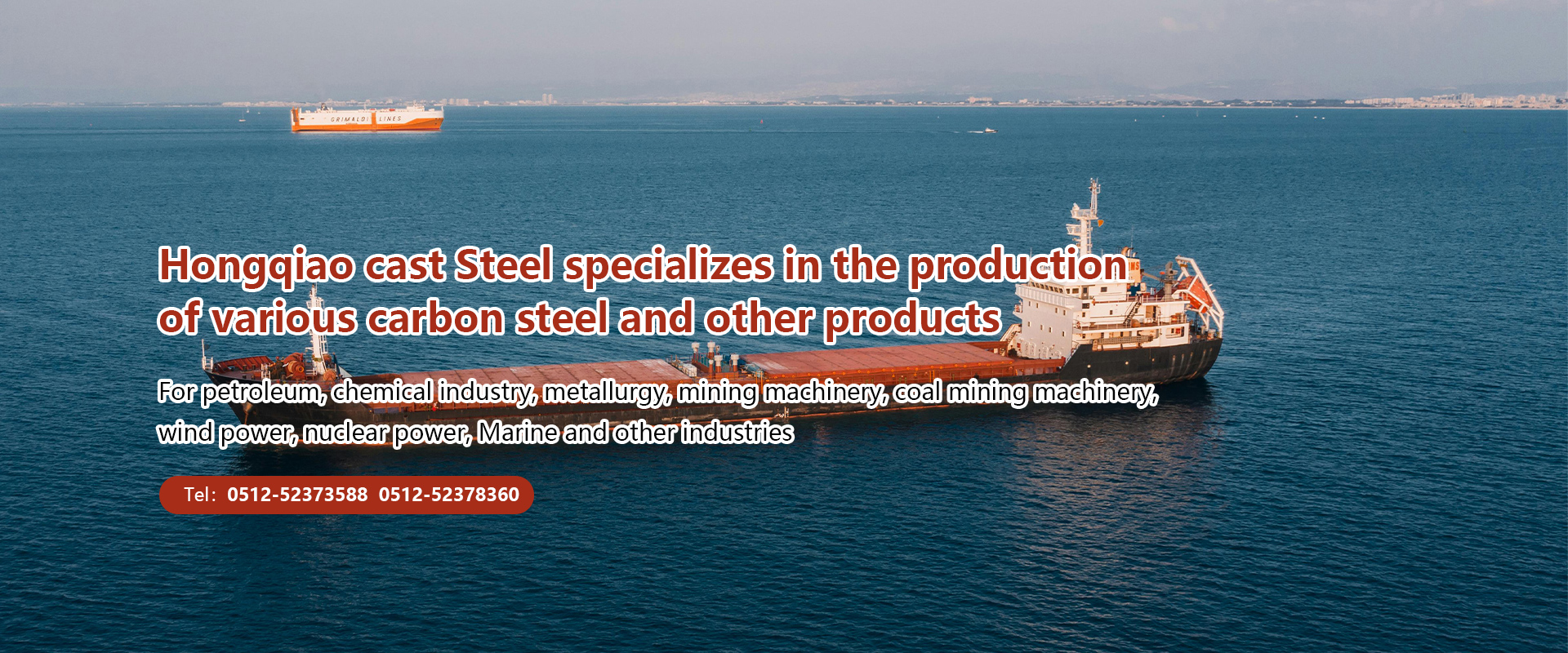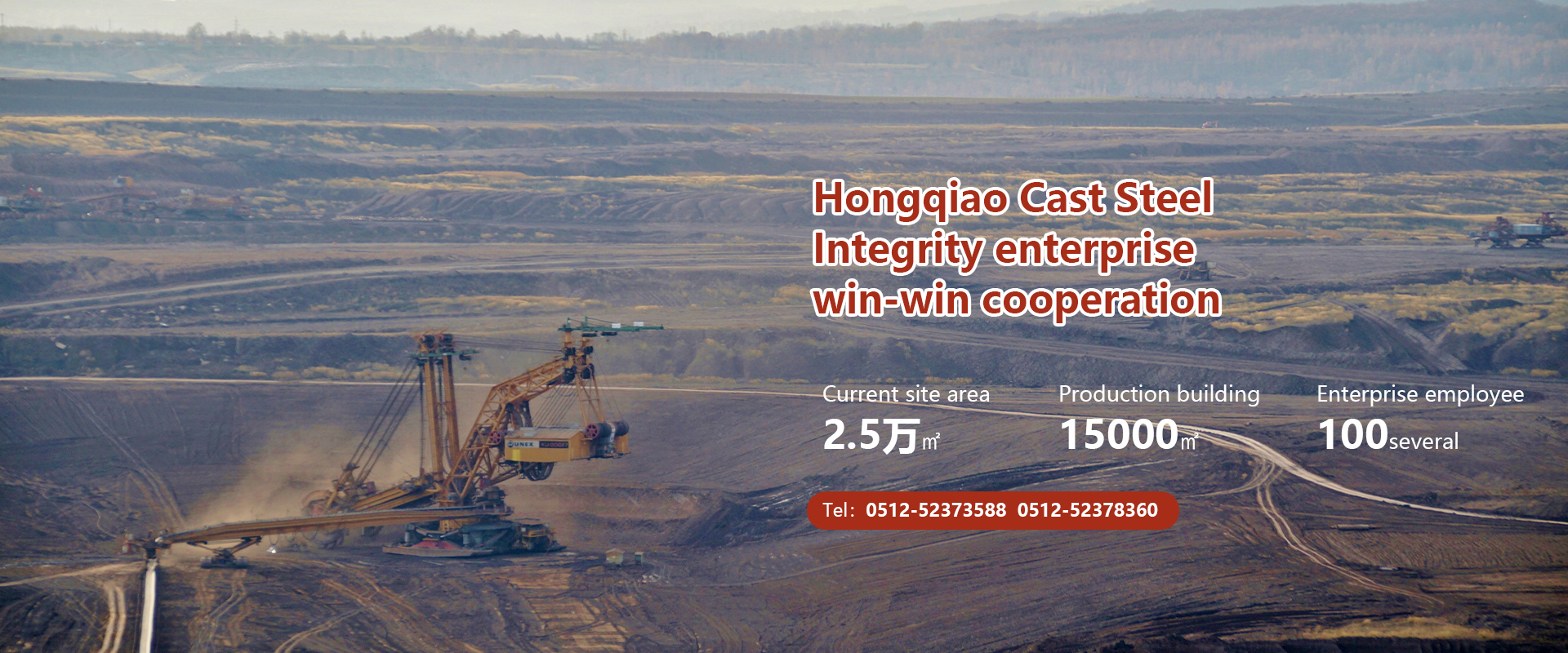Firstly, companies should make sufficient preparations before pouring to ensure that subsequent pouring operations can proceed smoothly. The preparation work before pouring includes:
a. Clean up the pouring site to ensure the safe and smooth completion of the pouring process.
b. Check the repair quality of the ladle, the drying and preheating conditions, and the flexibility and reliability of the transportation and tilting mechanism;
c. Understand the types of alloys to be poured, estimate the number of molds to be poured and the weight of the required molten metal, in order to prevent the phenomenon of insufficient molten metal and insufficient number of molds during pouring.
In order to obtain qualified cast steel parts, it is crucial to strictly control the pouring temperature and pouring speed, and strictly follow the pouring operation procedures.
(1) In terms of pouring temperature, it has a significant impact on the quality of castings, and a reasonable pouring temperature range should be determined based on the type of alloy, casting structure, and mold characteristics. Choose a reasonable pouring temperature based on the type of carbon steel, generally between 1540-1580 ℃ (the temperature of the molten steel inside the ladle).
(2) In terms of pouring speed, while ensuring smooth gas discharge from the mold cavity, higher pouring speeds can be used for castings that require simultaneous solidification, and lower pouring speeds can be used as much as possible for castings that require sequential solidification.
(3) In terms of pouring operation requirements, the following points generally need to be followed: a. When pouring large and medium-sized steel castings, the molten steel should be allowed to settle in the ladle for 1-2 minutes before pouring. b. After pouring, when the casting is fully solidified, the pressure iron and box clamp should be removed in a timely manner to reduce the shrinkage resistance of the casting and avoid crack defects.





